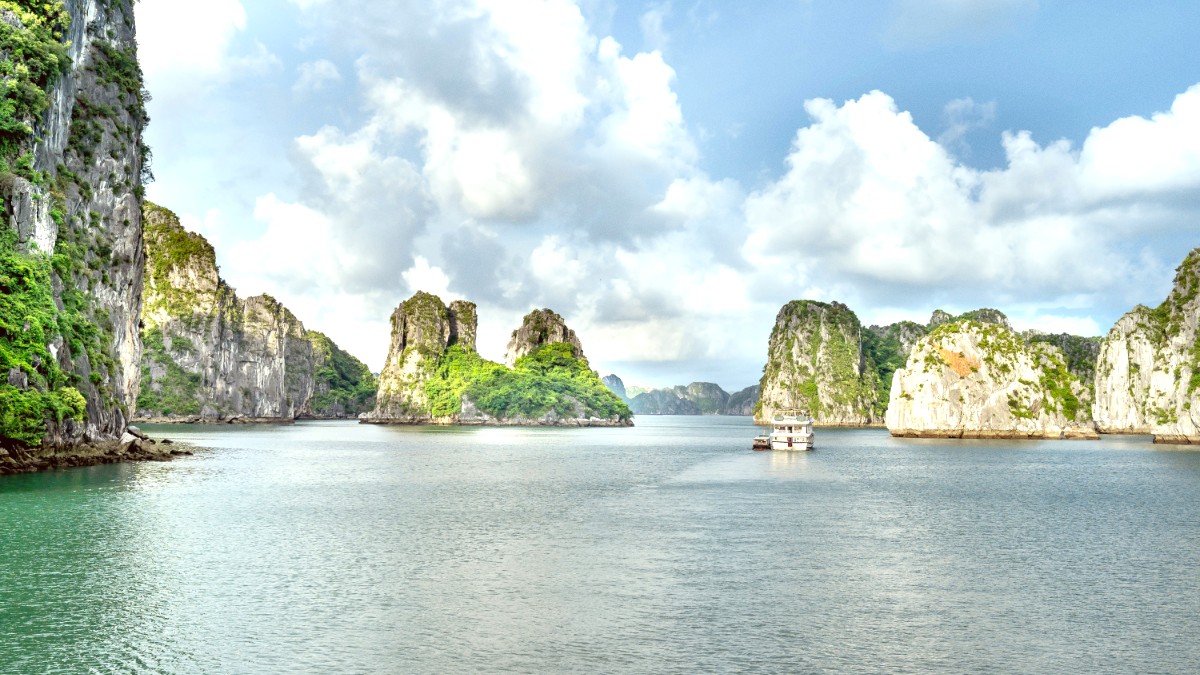
Northeast Vietnam, Vietnam
Ha Long Bay is an UNESCO World Heritage Site with active regulations for visitor impact and development.
Cat Ba National Park is an UNESCO Biosphere Reserve, protecting its unique biodiversity.
Bai Tu Long Bay National Park focuses on marine and island conservation with stricter tourism controls.
Your choices directly influence the environmental health of Halong Bay.
Plastic pollution is a visible issue. Support efforts to lessen single-use plastics.
Responsible water usage and supporting ethical tour operators contribute to preservation.
Inquire about cruise specific practices and certifications for genuine sustainable principles.
Ongoing efforts protect unique biodiversity, including the critically endangered Cat Ba langur.
Respectful actions foster positive interactions and cultural preservation.
Efforts attempt to preserve traditional fishing villages by adapting to modern realities.
Be mindful of privacy, especially in residential areas or schools. Avoid intrusive photography.
Remove shoes before entering temples or pagodas. Do not turn your back to Buddha statues when posing for photos.
Avoid discussions about the Vietnam War. Keep public displays of affection minimal.
Purchase souvenirs directly from markets and artisans.
Eat at local restaurants and street food stalls.
Use local guides and drivers for authentic insight.
Your travel choices directly influence the local economy. Supporting businesses that benefit local communities cultivates responsible tourism.
Some cruises or tours to floating villages and Cat Ba’s Viet Hai village give direct benefits to local communities.
Eating at local restaurants and purchasing from markets keeps money within the community. Using local guides also plays a role.
Exercise caution with orphanages; research thoroughly before visiting or donating. Unannounced visits can disrupt children’s lives.
Avoid activities that exploit animals, like elephant riding or animal shows.
Donate to established, reputable non-governmental organizations (NGOs) working on sustainable development, environmental protection, or education in the region.
Find organizations with a strong local presence and verified impact.
Direct your donations towards lasting, positive change.
Verify an organization's mission and transparency before giving.
Refrain from contributing to practices that exploit individuals or animals. Always verify the legitimacy of charitable requests.
Your economic choices directly influence local communities and their ability to thrive sustainably.